Whoever handles cameras at work or in their free time cannot do without a tripod. Tripods ensure calmness, stability and blur-free shots. But tripods are not only needed for use with a camera. Those who work with flash units and other lights often need a light stand, because the space for flash units and lights on a camera is limited. As soon as more than one light source is to be used or larger lamps are to be used, a light stand is needed to put the object to be photographed in the right light. But there are also some differences and details to consider with light stands.
The right connectionGenerally, all light stands have different threads and connections for use with a wide variety of light sources. The most common is the ¼ inch thread, which is also used on many camera tripods, and the 5/8 inch standard spigot, onto which many lamps only need to be plugged. Some light stands also have a 3/8 inch thread. It is important to note which connection the respective light source used has and whether the tripod is compatible with this connection.
.Whoever has been in a professional photo studio knows that flash units with umbrellas and other accessories can be quite large and thus weigh quite a bit. Therefore, it is imperative to consider the load capacity of a lighting stand. In addition to the maximum load of the tripod, the weight of the tripod itself is also an important indicator. Especially for those who do not have a fixed studio or who have to transport the tripods frequently for outdoor use, the dead weight plays a major role. The right way here lies in the golden mean: In any case, the light stand should be able to carry the required equipment. But it should also be stable enough to withstand the load and yet not be too heavy for frequent transport. Different materials such as aluminium or carbon can influence the weight, as can tripod heads and other accessories. Trying things out is the right way to go. Feel free to come to one of our branches and test your future lighting tripod.
In general, light stands can be divided into two types - with a bracket and without. The basic difference between these two types is their mobility. A luminaire stand without a bracket is particularly suitable for very heavy lamps and can only be adjusted in height without an additional stand head. In addition to height, a stand with a bracket can also be tilted to ensure optimum illumination. Here, too, it depends on the intended use which design is the most suitable. Some light stands have additional accessories, such as castors or an additional extension arm that enables the mounting of further equipment.
Light, compact and reliable - that's the Basic light stand from Kaiser. This light stand is characterised by its compact packing size of 70cm and can carry weights of up to 2.5kg. Its low weight of 980 grams makes it as transportable as it is user-friendly. The tripod can be flexibly adjusted in three segments between 70 cm and 190 cm and is made of aluminium and steel, which guarantees a secure stand. In addition to a ¼ inch thread, the light stand also offers a 5/8 inch standard spigot for easy attachment of lamps and flashes.
You want to equip your studio or set up a portable tripod set for mobile use? With the Walimex pro WT-806 Lamp Tripod 3 Set, you are perfectly equipped for this. The set offers the possibility to safely implement the most diverse lighting situations with the help of the popular WT-806.
Studio flashes and reflectors weighing up to 6 kg can be safely mounted on each of the three lamp stands. A built-in spring damper provides the necessary safety during mounting. Also on board are the standard 5/8 inch connection and a ¼ inch thread, which ensure ideal compatibility with the most common studio flashes and lights. The height can be adjusted quickly on the tripod using the quick-release levers.
Each of the tripods can be extended up to 256 cm. At the same time, the individual tripods weigh only 2.2 kg and, with a packing size of 109 cm, are also extremely portable and easy to stow away. This makes them perfect for both large and small studios. A tripod bag is included in the scope of delivery to transport the tripods.

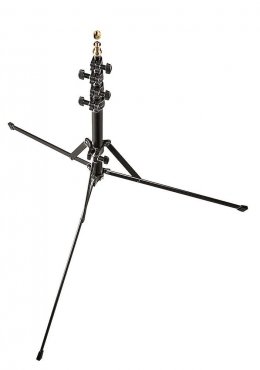
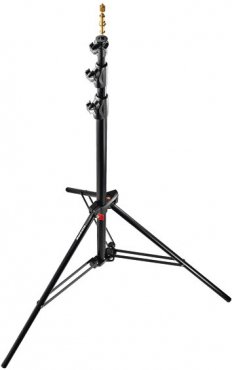

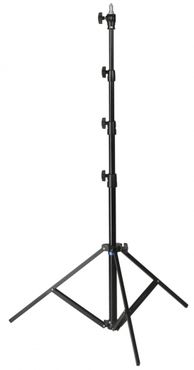

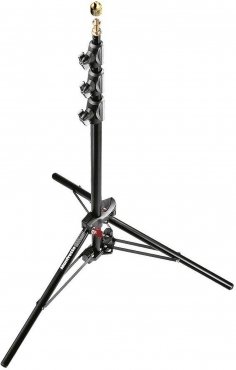
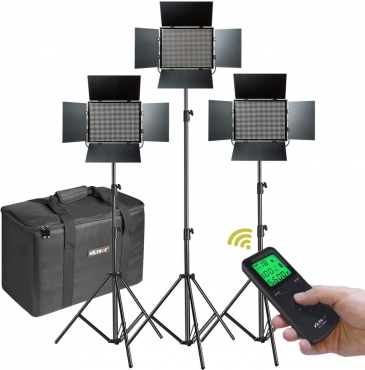
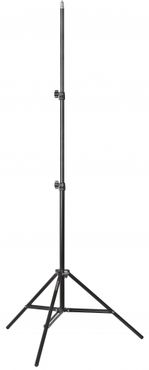




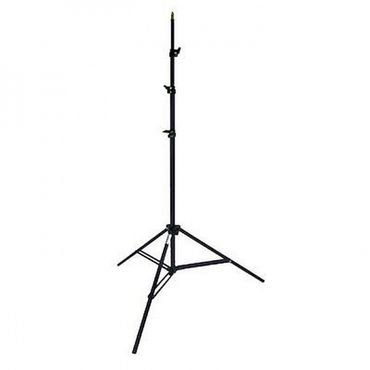

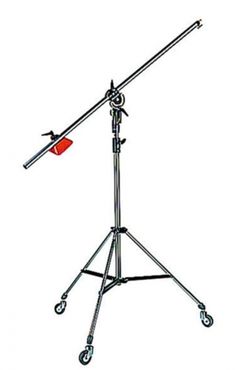

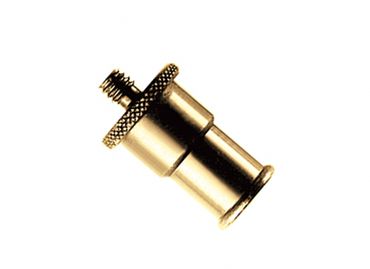
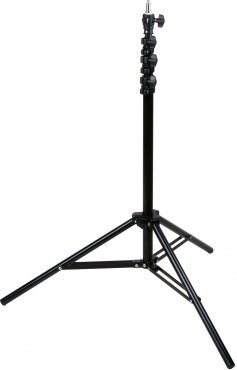
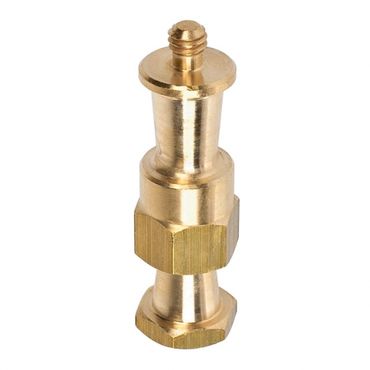
Simply subscribe and benefit as a newsletter recipient every week: